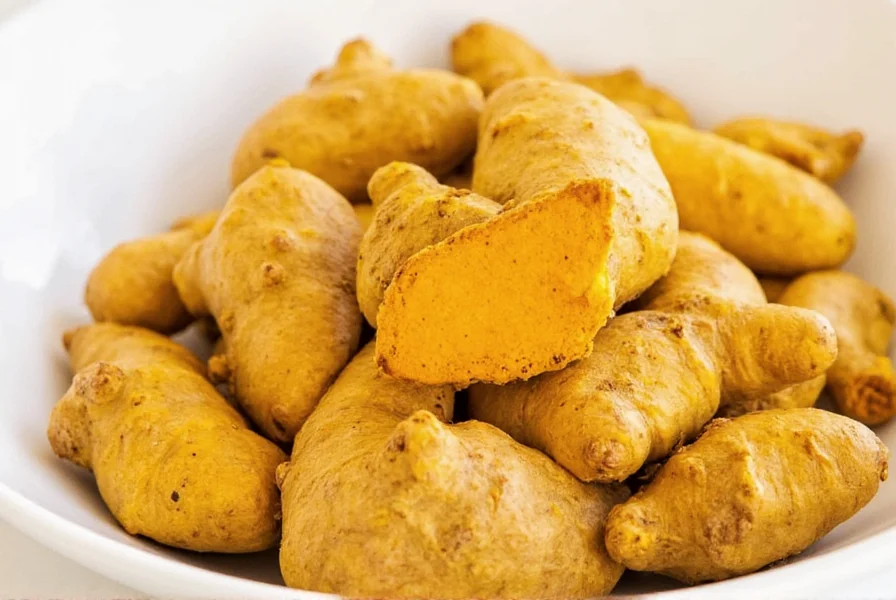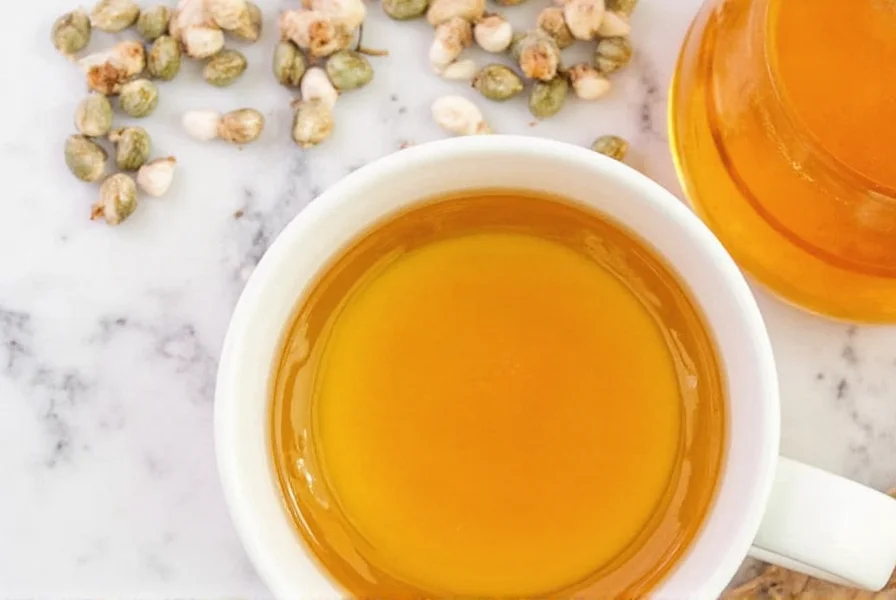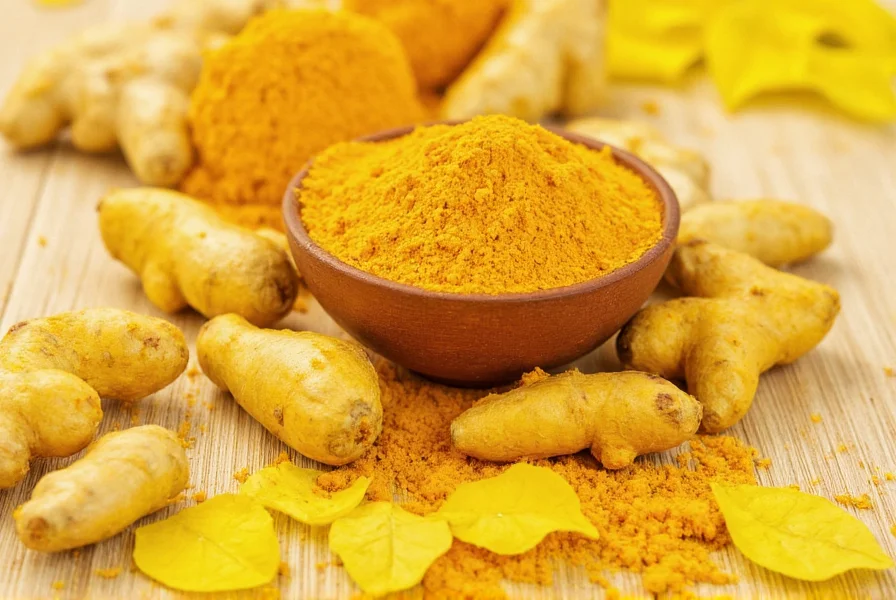For centuries, traditional medicine systems have valued ginger and turmeric for their healing properties. Modern science now confirms many of these benefits through rigorous clinical studies. This comprehensive guide examines the evidence-based advantages of incorporating both spices into your wellness routine.
The Science Behind Ginger's Healing Power
Ginger (Zingiber officinale) contains bioactive compounds called gingerols that give it potent medicinal properties. Researchers have identified over 400 distinct compounds in ginger that contribute to its therapeutic effects. Clinical trials demonstrate ginger's effectiveness for:
- Reducing nausea and vomiting, particularly during pregnancy and chemotherapy
- Alleviating osteoarthritis pain and improving joint mobility
- Lowering markers of inflammation like C-reactive protein
- Supporting healthy digestion by accelerating gastric emptying
A 2020 meta-analysis published in Nutrients reviewed 109 studies on ginger's effects. The researchers concluded that ginger supplementation significantly reduced pain intensity in people with various inflammatory conditions. The recommended daily dose for therapeutic effects ranges from 1-3 grams of fresh ginger or 250-500 mg of standardized extract.

Turmeric: Nature's Anti-Inflammatory Powerhouse
Turmeric (Curcuma longa) contains curcumin, one of the most extensively studied natural compounds for inflammation. Despite comprising only 2-8% of turmeric by weight, curcumin demonstrates remarkable biological activity. Key research findings include:
- Curcumin inhibits multiple inflammatory pathways at the molecular level
- It shows comparable effectiveness to some non-steroidal anti-inflammatory drugs (NSAIDs) without the side effects
- Studies indicate potential cognitive benefits through increased brain-derived neurotrophic factor (BDNF)
- Research suggests protective effects against heart disease by improving endothelial function
The challenge with turmeric lies in its poor bioavailability. Curcumin is rapidly metabolized and eliminated from the body. This explains why traditional preparations often combine turmeric with black pepper (containing piperine) and healthy fats. A landmark study in Planta Medica showed that adding just 20 mg of piperine to curcumin increased its bioavailability by 2,000%.
| Benefit | Ginger Evidence | Turmeric Evidence | Synergistic Effect |
|---|---|---|---|
| Inflammation Reduction | Multiple RCTs show 30-50% reduction in inflammatory markers | Significant inhibition of NF-kB pathway | Enhanced effect when combined with piperine |
| Digestive Health | Accelerates gastric emptying by 25% | Stimulates bile production | Comprehensive digestive support |
| Joint Pain Relief | Reduces osteoarthritis pain scores by 35% | Improves physical function in rheumatoid arthritis | Potential for reduced medication dependence |
Why Ginger and Turmeric Work Better Together
The combination of ginger turmeric creates a powerful synergy that enhances their individual benefits. This complementary relationship works through several mechanisms:
First, ginger improves the absorption of curcumin from turmeric. Research published in the Journal of Medicinal Food demonstrated that ginger's compounds inhibit certain enzymes that would otherwise break down curcumin in the digestive tract. Second, both spices target different inflammatory pathways, creating a broader spectrum of protection. While curcumin primarily affects the NF-kB pathway, gingerols work on COX-2 and 5-LOX enzymes.
For optimal results when using ginger turmeric together, experts recommend:
- Adding black pepper to increase curcumin absorption by up to 2,000%
- Consuming with healthy fats like coconut oil or avocado
- Using fresh forms when possible for maximum active compounds
- Maintaining consistent daily intake for cumulative benefits
Practical Ways to Incorporate Ginger Turmeric
Adding ginger turmeric to your daily routine doesn't require complicated preparations. Simple methods include:
Ginger turmeric tea recipe: Grate 1 inch of fresh ginger and ½ inch of turmeric into 2 cups of boiling water. Simmer for 10 minutes, then strain. Add a pinch of black pepper and a teaspoon of coconut oil for enhanced absorption. This soothing beverage supports immunity and digestion.
Golden milk variation: Heat 1 cup of unsweetened almond milk with ½ teaspoon each of ginger and turmeric powder, a pinch of cinnamon, and a small piece of black pepper. Whisk until warm but not boiling. This comforting drink promotes relaxation and reduces inflammation.

Safety Considerations and Potential Interactions
While ginger turmeric offers numerous benefits, certain precautions are necessary. High doses may interact with blood-thinning medications due to their antiplatelet effects. People with gallstones should consult their healthcare provider before consuming large amounts of turmeric, as it may stimulate bile production.
The recommended daily limits for therapeutic use are:
- Ginger: Up to 4 grams total from all sources
- Turmeric: Up to 500 mg of curcumin 2-3 times daily
Pregnant women should limit ginger to no more than 1 gram daily and consult their healthcare provider before using turmeric supplements. Some people may experience mild digestive upset when first introducing these spices, so starting with small amounts is advisable.
Evidence-Based Recommendations
Based on current research, here's how to maximize the benefits of ginger turmeric:
- Choose fresh roots when possible for higher concentrations of active compounds
- Grate rather than slice to release more beneficial compounds
- Always combine turmeric with black pepper and healthy fats
- Consider standardized extracts for specific therapeutic goals
- Maintain consistent daily intake for cumulative benefits
Remember that while ginger turmeric offers impressive health benefits, they work best as part of a balanced diet and healthy lifestyle. These spices complement but don't replace conventional medical treatments for serious conditions.
Frequently Asked Questions
What's the best way to take ginger and turmeric for inflammation?
For optimal anti-inflammatory effects, consume 1 inch of fresh grated ginger and ½ inch of fresh turmeric daily with black pepper and healthy fats. Research shows this combination increases curcumin absorption by up to 2,000%. The most effective preparations include golden milk, fresh juices, or cooked into meals with olive oil or coconut oil.
How long does it take to see results from ginger turmeric?
Most people notice digestive benefits within 24-48 hours of regular consumption. For inflammation reduction and pain relief, studies show measurable improvements after 4-8 weeks of consistent daily use. The cumulative effect means benefits typically increase over 3-6 months of regular intake. Individual results vary based on metabolism and health status.
Can I take ginger and turmeric if I'm on blood pressure medication?
Ginger and turmeric may enhance the effects of blood pressure medications due to their natural blood-thinning properties. If you take antihypertensive drugs, consult your healthcare provider before adding therapeutic doses of these spices. Moderate culinary use (½ teaspoon daily) is generally safe, but higher therapeutic doses require medical supervision to avoid potential interactions.
Does cooking destroy the benefits of ginger and turmeric?
Cooking actually enhances certain benefits of ginger and turmeric. While some heat-sensitive compounds degrade, others become more bioavailable. Simmering turmeric in liquid increases curcumin solubility, and heating ginger creates new beneficial compounds. For maximum benefit, gently cook these spices in healthy fats rather than consuming them raw. Avoid boiling for extended periods to preserve active components.
What's the difference between fresh and powdered ginger turmeric?
Fresh ginger and turmeric contain higher concentrations of active compounds compared to dried powders. Fresh ginger has about 5% gingerol content versus 1-2% in dried powder. Fresh turmeric contains 3-5% curcumin while dried powder has 2-4%. However, powdered forms offer convenience and longer shelf life. For therapeutic use, fresh provides superior potency, while culinary use can effectively utilize either form.











 浙公网安备
33010002000092号
浙公网安备
33010002000092号 浙B2-20120091-4
浙B2-20120091-4